While the history of Finland may not be a well-known narrative in the Americas, it’s an undeniable story of courage and resolve about a nation protecting itself against invasion. During the Winter War of 1939 – 1940, the country of Finland faced great odds in going up against the Soviet Union. Written by Petri Sarjanen, Valkoinen Kuolema (translated from Finnish meaning White Death) is a captivating read about the Finnish sniper, Simo Häyhä, who still holds the highest number of sniper kills in any major war.
The non-fiction book (ISBN 952-5170-05-5) describes the bravery and determination of a small country and the men who stood to protect their homeland against incredible odds. Published in Finnish by Revontuli of Finland, the book is an easy read. However, because it’s not available in English, this article offers a comprehensive review of this riveting book.
The Soviet Union invaded Finland twice during World War II and on 30 November 1939, the Winter War started between the two countries and it continued until the peace treaty was signed in March 1940. Sadly, that didn’t mark the end of Finland’s battles because the Continuation War started a year later in 1941 with Finland and Nazi Germany fighting against the USSR. The war lasted till 1944.
Born in 1906 in Finland, the story’s protagonist, Simo Häyhä, grew up in the rural town of Rautjärvi near the Soviet Union border. Slightly built at 5 foot, Häyhä was tough yet calm and patient. When he wasn’t laboring on the farm, he was hunting and in 1925, he completed the compulsory military training in the Finnish Army. After being honorably discharged as a corporal, he was transferred to the “suojeluskunta” in Rautjärvi, which was the country’s National Guard that was formed after Finland gained independence from Russia on 6 December 1917.
Simo trained extensively in target shooting and took part if several rifle competitions using an old Russian Mosin-Nagant bolt action in 7.62x53R, the M91. He then used the “pystykorva” (named after a Finnish dog breed) that was produced in 1928 at “Suojeluskuntain Ase-ja Konepaja OY” (SAKO). This M28/30 rifle had a shorter but heavier barrel, weighing 4.5kg (10lbs.). Simo Häyhä practiced his shooting from varying distances and easily shot targets 16 times per minute at 150 meters. Then, he got to use the Suomi submachine gun in 9mm, a heavy but reliable weapon.
At the start of the Winter War, Häyhä was enlisted to protect Finland’s borders from the Russian offensive. However, the USSR troops had their own problems communicating in different dialects and their inexperience became evident. While the Russians launched attacks on roads, the Finnish soldiers were distributed across the surrounding terrains. With winter temperatures between -20 to -40 Celsius and heavy snowfalls, the Finns were able to camouflage themselves wearing white snow suits. This made it easier for Häyhä to hide and take out Russian soldiers. On 21 December 1939, he made a kill record of 25 in a single day and by Christmas Eve, he had 138 confirmed kills. The only equipment he possessed for a day out in the field was a warm winter uniform, white snowsuit, large mitts, his Mosin-Nagant M91 rifle with a 3x scope and 50 to 60 rounds of ammo, a knife, some hand-grenades, dry food and sugar cubes.
In one particular incident, Häyhä was ordered to find and eliminate a Russian sniper who killed a group of Finnish soldiers including 3 officers. As the sun set, the patient Simo eventually caught sight of the sun reflecting off the Russian’s scope lens. At 450 meters. Häyhä took his shot and instantly killed the Russian sniper.
The Finnish Army were clever with employing Motti tactics where they allowed the Russians to advance over the battle lines and then attack them from the sides and the back. This would have the Red Army retreating and screaming “Belaja smert”, their nickname for Simo Häyhä meaning The White Death. The Russians suffered heavy losses through the Motti strategy, and they lost 310 officers and thousands of men in late February of 1940. By this time, Häyhä received a custom built Sako M/28-30 rifle with 500 kills under his belt.
Things took a turn for the Finns on 2 March 1940 when the Russians attacked with full force using artillery, tanks, infantry, and aircraft and the offensive lasted for several days. But during the afternoon of 6 March, after Häyhä had already wiped out 40 enemies, a Russian bullet was fired at him from 20 meters. Simo Häyhä was hit in his left upper jaw. Miraculously, he survived after waking from a coma on 13 March 1940, the day peace was declared.
Häyhä was honored with several awards for his service in the war and on 28 August that year, he received a promotion to an ensign by the Field Marshal Mannerheim. Because the Russian’s acquired 10% of Finland’s territory, Häyhä’s farm ended up on the Soviet’s side and 430 000 Finns lost their homes. A Russian General later commented, “We gained 22,000 square miles of territory. Just enough land to bury our dead.”
When the Soviets first invaded Finland in 1939, they had about 1,500,000 troops but by the end of the war, they had lost 1,000,000 men, 1,000 aircraft and 2,300 tanks at the hands of the Finn soldiers. One Finnish soldier was killed for every 40 Russians eliminated. In total, 25,000 Finns died and 55,000 wounded. When Hilter saw how Finland defeated the Russians, he decided to invade the USSR. This resulted in deaths on a large scale for both the Russians and Germans.
The book concludes with a history of sniping and while weapons may have evolved over the last 100 years, the basic requirements for a good sniper have not changed. Modern warfare has less emphasis on human wave attacks like it did in the past so Simo Häyhä’s record of 500 confirmed kills may never be beaten.
In 1998, when the veteran Finnish sniper was 93 years old, he was asked how he managed to be such an accurate shooter, and he simply replied, “Practice.”





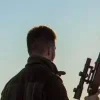
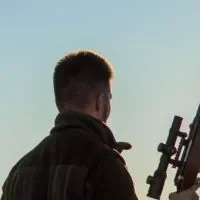




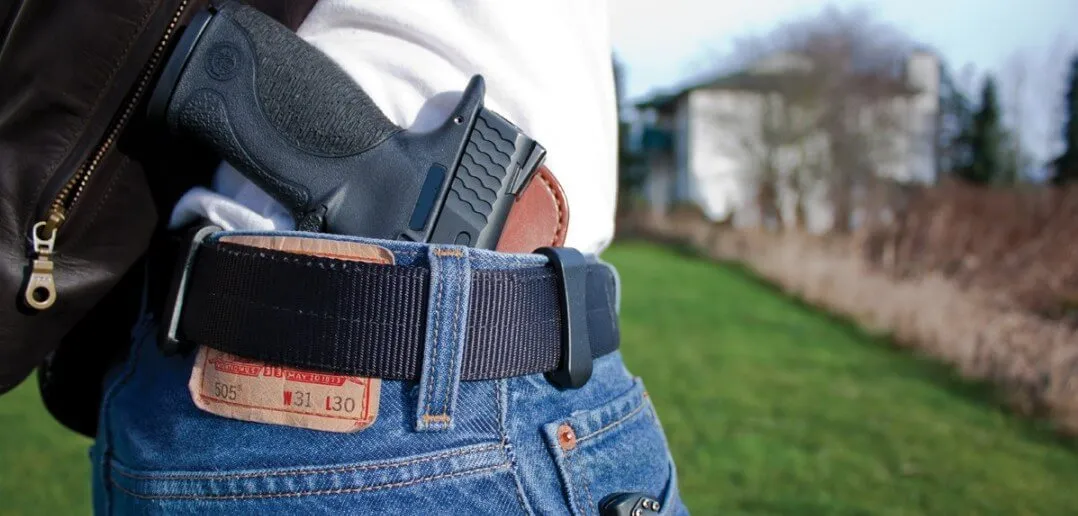
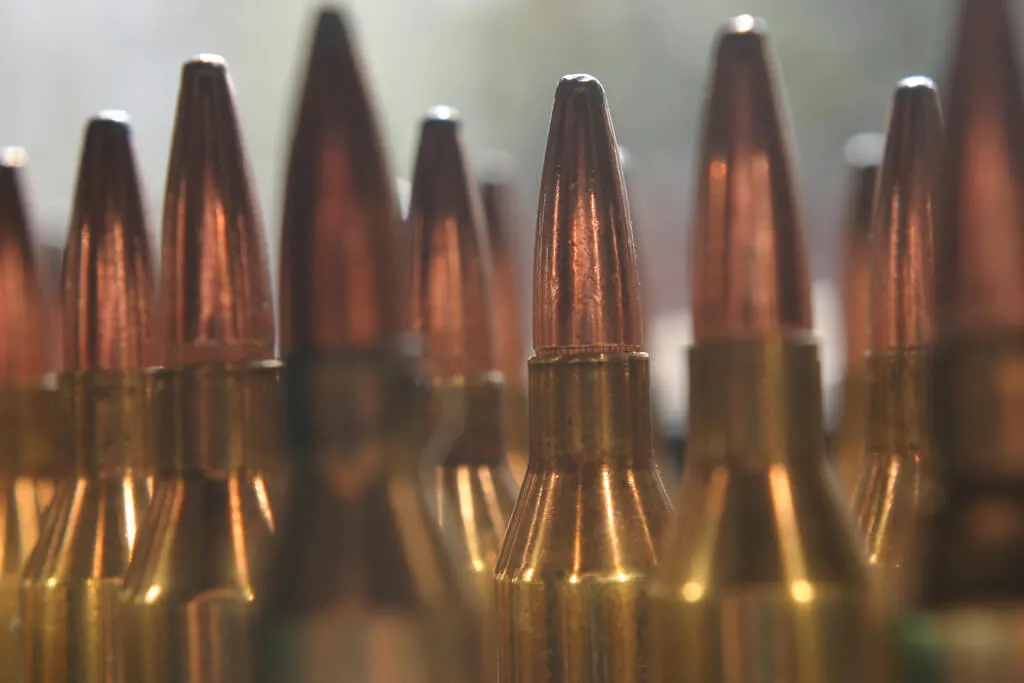
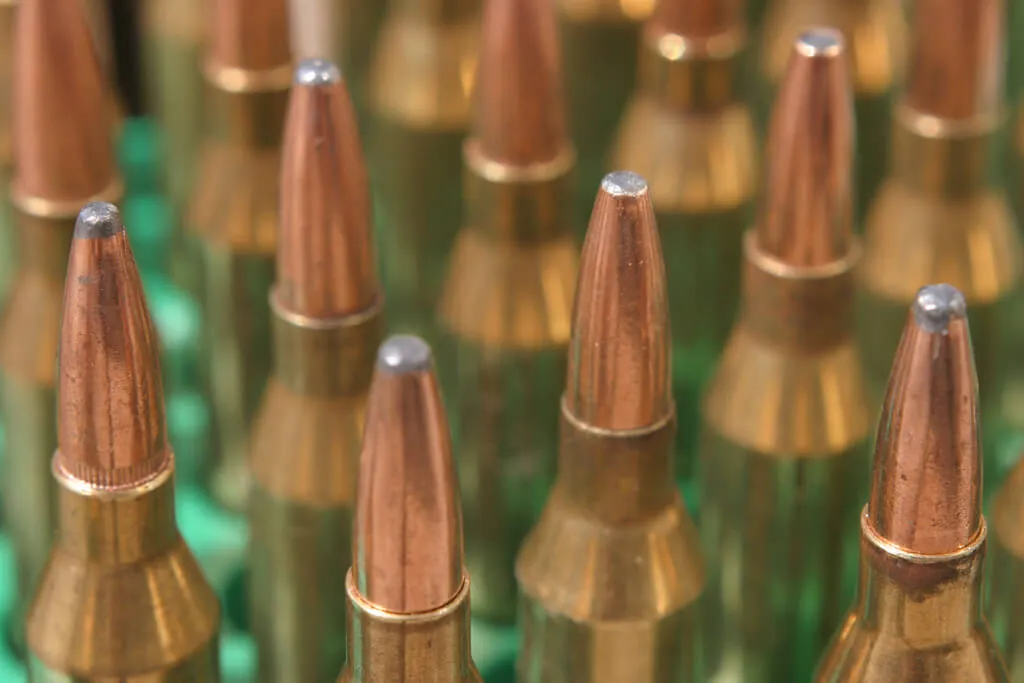
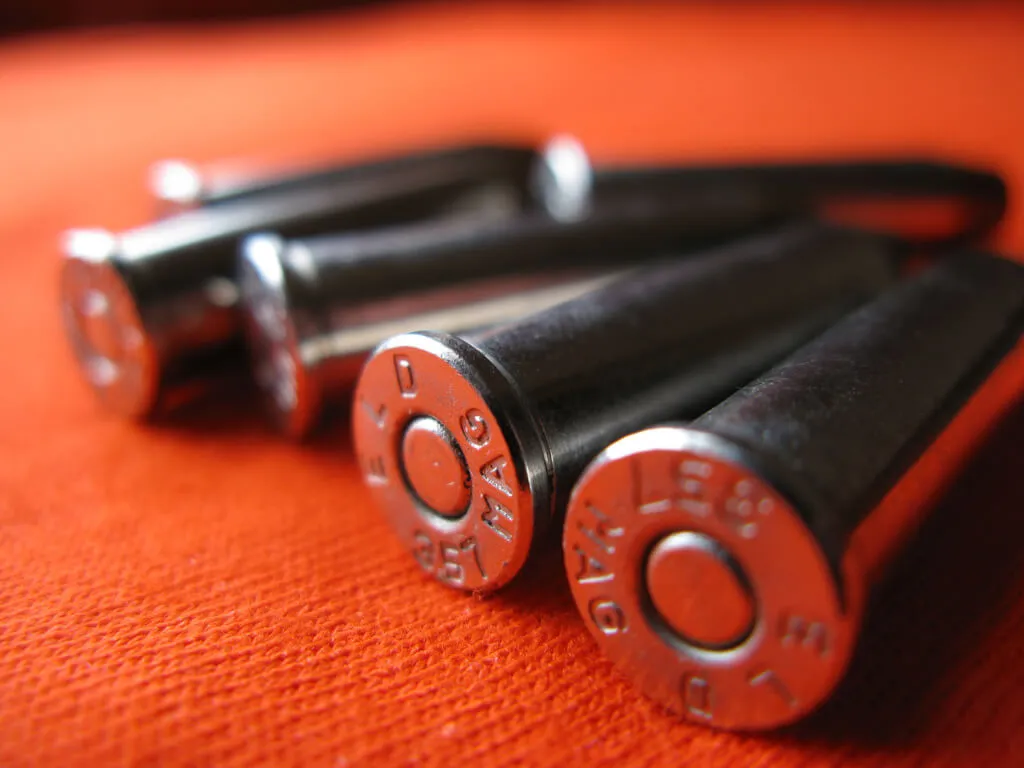
One Response
Sou do brasileiro, filho de pai da Itália e mãe finlandesa. Ela sempre me falou deste honorável ser, um herói acima de gigantes.
Saudações e respeito a Finlândia !